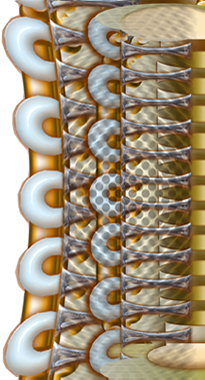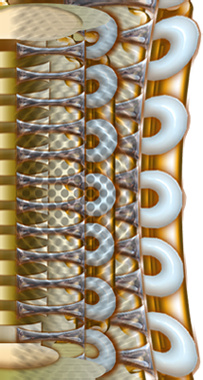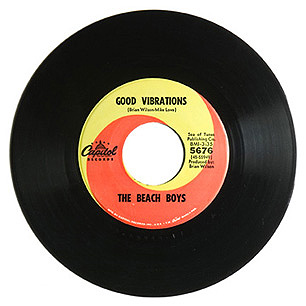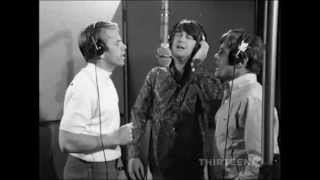| You are not logged in. | login to customize your own personal play list |
“Good Vibrations” by the Beach Boys |
| United States Federal Trade Commission forbids anyone under 13 from viewing these music videos! I want another random song. |
| You are not logged in. | login to customize your own personal play list |
“Good Vibrations” by the Beach Boys |
| United States Federal Trade Commission forbids anyone under 13 from viewing these music videos! I want another random song. |
 |
 |
 |
 |
 |
|
 |
   |
 |
song info
 “Good Vibrations” by the Beach Boys is a surf song. Song Title: Good VibrationsArtist: the Beach Boys Genre: surf, rock, oldies Composer: Copyright © Brian Wilson, Mike Love Lead Vocals: Verses: Carl Wilson Chorus: Mike Love Backing Vocals: Al Jardine, Bruce Johnston, Brian Wilson, Dennis Wilson Lead Guitar: Glen Campbell Piano: Al de Lory (tack piano) Organ: Brian Wilson Hammond organ Dennis Wilson, Larry Knechtel Harpsichord: Don Randi Theremin: Paul Tanner Bass Guitar: Carl Wilson, Ray Pohlman Upright Bass: Jimmy Bond, Lyle Ritz Drums: Hal Blaine Percussion: Carl Wilson, Hal Blaine Harmonica: Tommy Morgan Cello: Jesse Ehrlich Producer: Brian Wilson Recorded: February–September 1966 Brian Wilson started work on “Good Vibrations” late on the night of February 17, 1966, at Gold Star Recorders in Los Angeles, California. He worked on the song until September in four different studios, spending more than $50,000 (at the time, the most money ever psent recording a single). Wilson said, “We ddn’t know about doing it in pieces at first, but after the first few bars in the first verse, we realized that this was going to be a different kind of record.” Released: October 10, 1966 Label: Capitol Rolling Stone Top 500: Good Vibrations was selected number six (6) in Rolling Stone Magazine’s 500 Greatest Songs of All Time in May 2011. See Rolling Stone. Number of listens: 53159Current rank: 22 (updated weekly) Highest rank: 8 (play the video all the way through to register a vote for this song) link to the static song information page for this song:
|
||
This music player is available as open source code. Everyone can build their own personal free and legal music player. This source code is free for any legal non-commercial and/or non-profit and/or educational and/or private purpose. This open source player is courtesy of This Side of Sanity (ThisSideofSanity.com) and OSdata (OSdata.com).
Build your own player. Avoid the hassles and fees of commercial music services. Let there be a million free and independent music players on the web. Strongly suggest building players dedicated to specific kinds of music. Notify me of the location (URL) and specialties of your custom player.
Proverb:Do not drink water in the house of a merchant; he will charge you for it. —Kemetic (ancient Egyptian) Scribal Texts |

Green Orange archive
totals
michaelm
Enjoy the This Side of Sanity website Twitter feed.
Enjoy the This Side of Sanity Twitter feed.

If you spot an error in fact, grammar, syntax, or spelling, or a broken link, or have additional information, commentary, or constructive criticism, please contact Milo at PO Box 5237, Balboa Island, Calif, 92662, USA.
Copyright © 2011, 2012, 2013 Milo. All rights reserved. Todos Derechos Reservados. The copyrights on all source code and the data base belong to Milo and are used on this web site by permission.